4 Brand Stories to Remember

Every brand has a story; just some brands are better at telling it.
Companies invest a lot of resources - time and money - into content marketing, the concept of creating content (like blogs, social posts, images, infographics and more) in order to subtly influence consumers to engage with a brand. Not all enterprises are taking advantage of what they already have though. Here are four brand stories to remember, because they not only capitalize on what they already have - good products, industry experts and targeted audiences, as well as users who love their brands and want to tell their social networks about their affinity toward them - but they also encourage their current and prospective users to be part of their stories.
A Story in Every Box
Subscription-based business models are the creme de le creme of recurring revenue. In the past few years, many companies have turned to subscriptions to not only get steady revenue, but also to focus on retaining existing customers rather than tirelessly chasing new ones.
Perhaps no company does ecommerce subscriptions better than Birchbox. For the unfamiliar, Birchbox is a subscription (around $10 a month) that gives subscribers a monthly box filled with 4-5 personalized grooming and lifestyle samples. There are subscriptions for both males and females, so everyone gets what they want or didn't know they wanted until they received it.
And, if you haven't heard, Birchbox is growing. In 2013, Birchbox doubled its subscriber base to 400,000, according to Fotune.com and is estimated to have reached between $80 and $100 million in revenue. Not only is the four-year-old company raking in the dough, but Birchbox is also delighting its customers in meaningful ways. A quick search on nearly every social media platform will return posts or tweets about how happy customers are to have just received their monthly Birchbox - there's really a story in every box and the recipients are very happy to share that they received that month's Birchbox and what they love about its contents.
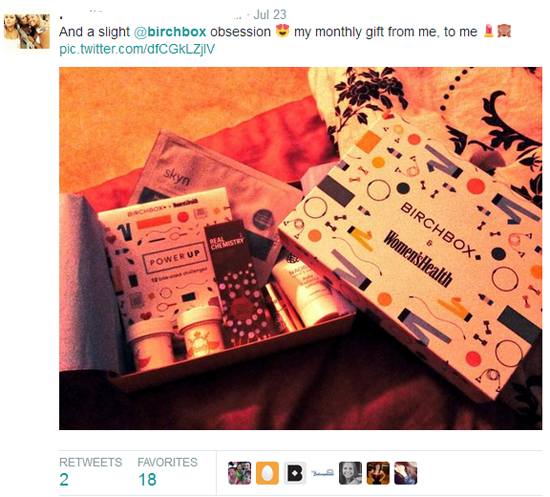
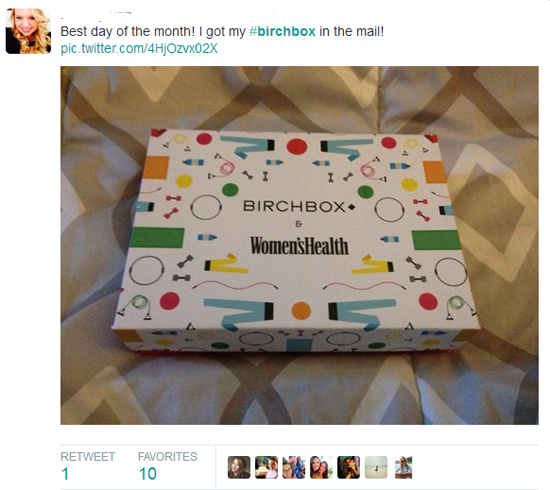
Birchbox's brand story of course includes what products the company is shipping to its customers, but it is also receiving residual marketing effects from its use of premium packaging. Most likely, a customer wouldn't share pictures of his or her Birchbox if it wasn't beautifully wrapped. In fact, fulfillment and logistics solutions provider Dotcom Distribution looked into the benefits of premium packaging and found that 4 in 10 consumers would share an image of a delivery via social media if it came in a unique packaging. Younger consumers (18-25 year olds) would share even more, as 74 percent of them are likely to share pictures of unique packaging on social media.
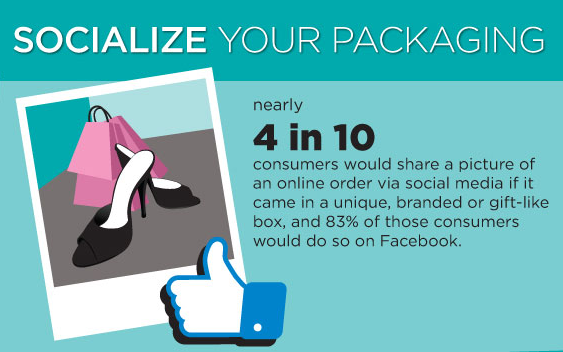
Let's connect the dots. Not every company is going to benefit from a subscription-based business model like Birchbox, but every company can benefit from providing simple touches (maybe it's a branded sticker or simple tissue paper within a brown box) that delight their customers - like premium packaging in this case - and will prompt their customers to share their products on social media. In a social environment where organic reach is hard to come by, this is increased social visibility and organic content marketing all in one.
Made In America - Sustainably
From every Web page to every social post, ecofriendly jeweler Alex and Ani tells a story - like its Rhode Island beginnings to its Charity By Design product line which, as the name indicates, donates a portion of proceeds to non-profit organizations.
The two underlying stories of Alex and Ani, however, are the two that most of its fans would rattle off in passing - Alex and Ani products are made from recycled materials in some sort of ecofriendly way and are made in America. Those are two selling points that matter to product-conscious consumers, as they can feel good about the products they are wearing and promoting.

And promote they do. The hashtag #CharmedArms serves as the calling card of sorts for Alex and Ani fans who stack their charm bracelets, take pictures of them and share them on social media platforms like Twitter and Instagram.
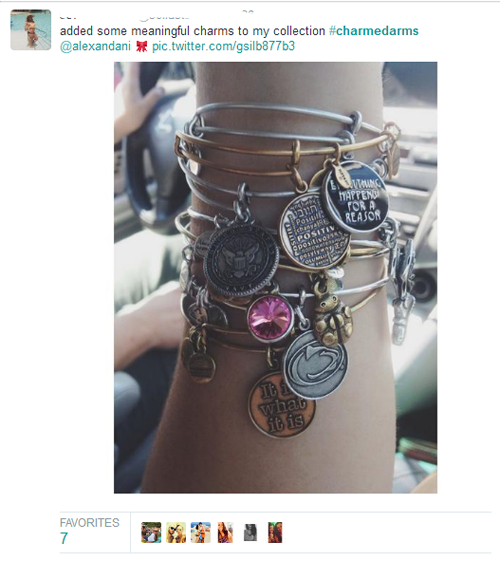
What's more, each charm bracelet tells a story for the person wearing it - whether it's their favorite football team or the initial of their kids' names, or something more sensitive like they are an autism advocate or supporter of causes like Ovarian Cancer Research or the American Cancer Society.
Its customers are certainly champions for telling Alex and Ani's brand story, but the company also keeps its messaging on-brand with motivational tweets that speak to the same people who are wearing its jewelry with similar messaging.
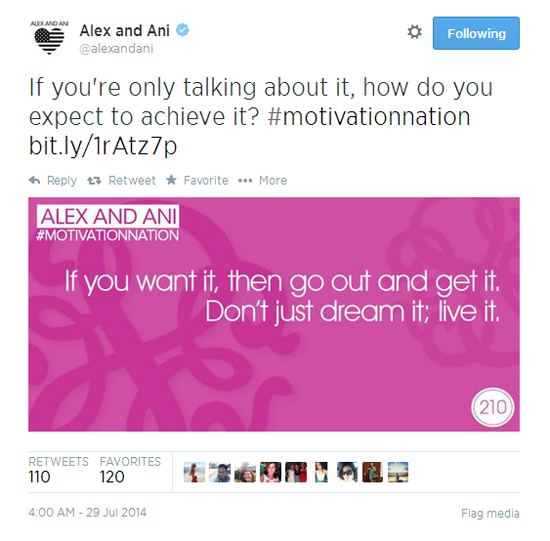
In short, Alex and Ani offers hundreds of different complementary stories that make its brand unique. What's your brand's story?
A Personal Stylist
Shoppers are influenced by myriad digital voices - their peers, social networks and the list goes on - but paper catalogs still cut through the noise and help influence both online and offline purchases. In fact, as recent as last year, 22 percent of smartphone owners said print catalogs were the most influential source of info when making online purchases. Similarly, 21 percent named paper catalogs as the most influential source of information for in-store purchases, according to a Baynote survey.
Many top retailers - think J Crew, Pottery Barn, IKEA and others - have not abandoned paper catalogs, but some retailers are missing out on the chance to create less resource-intensive and more interactive catalog-type experiences online. Nordstrom is not missing the digital boat.
Nordstrom has taken what consumers love about paper catalogs - getting ideas of how to pair different products to put together an outfit or make a room look good - and added those elements to its product pages. Nordstrom.com shoppers who select "Outfits" or "Complete Looks" can get outfit ideas and then buy everything that is shown on the model very quickly and easily.
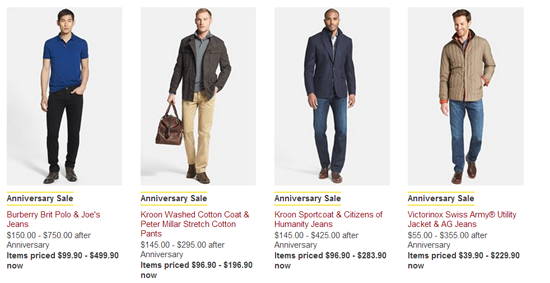
Nordstrom presents the perfect example of creating content - essentially - based on what they already have. Additionally, these outfits/styling suggestions are ready-made social content - a great picture with a short caption like "Get the complete look at __" has all the makings of a quality social post, especially if it's targeted to a specific demographic that would be likely to want the look.
Products and a Movie
Parents with young kids know the impact that a cartoon or movie can have on their wallets. For example, if a child is a fan of SpongeBob SquarePants, it's likely they have the T-shirts, the bedding, the stuffed animals and everything else to show his or her loyalty to the animated character. Typically, the show or movie comes first and the vast product lines come second.
LEGO is the most recent company to flip this idea - building a massive content marketing campaign around its products. For the global company, that content marketing came in the form of a blockbuster, full-length, self-titled movie (The LEGO Movie), which kept its products top of mind with children and adults, as well as introduced the products to a new generation of young builders.
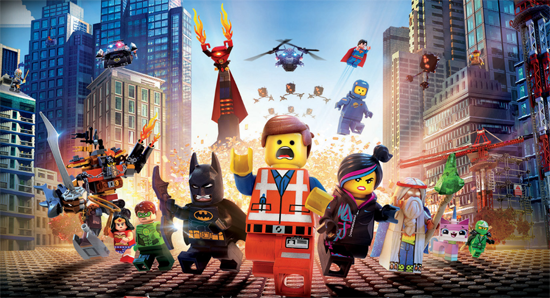
Of course, even the biggest brands in the world couldn't pull off what LEGO has done, but the idea can be the same - how do companies keep their products top of mind with a targeted audience and introduce the products to new customers? Videos are a good place to start; and YouTube and Vine make videos incredibly easy to share. A well-known example is that of Geek Squad, which produces helpful videos of how to solve common tech problems. Even if a customer doesn't need their services immediately, they'll be top of mind when they do.
Summary
The only question that remains is: What's your brand's story?

Subscribe to Our Newsletter!
Latest in Marketing









